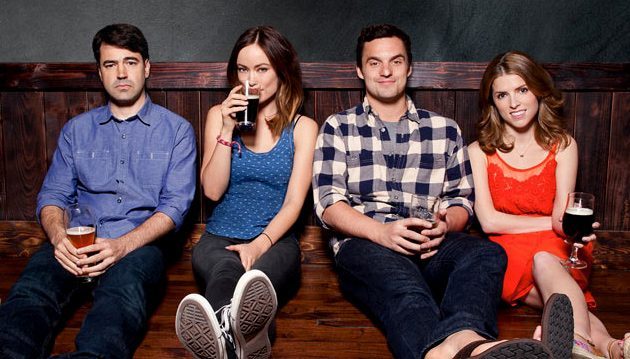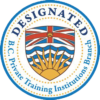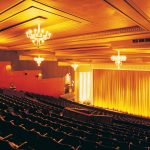
No matter how much care a screenwriter may put into their script, it only takes one rogue actor with a penchant to ad-lib to completely derail their meticulously written dialogue. There are a number of infamous scenes that have come from this process.
Perhaps one of the most iconic scenes is in Raiders of the Lost Ark (1981), when a swordsman, theatrically brandishing a sword, confronts a weary Harrison Ford, who had been recovering from a bout of dysentery on set. With the expectation that an elaborate fight would follow, audiences were surprised and delighted when Ford simply pulled out his gun and blasted his foe away. This improvised moment resonated with fans because it felt fresh and unpredictable in an otherwise polished film.
But what would an entirely improvised film look like?
In the last several years, there have been a number of celebrated films that were shot with only a script outline, giving the actors freedom to explore their characters in an organic way. Mark and Jay Duplass have used this method for many of their films, ushering in what is known as the Mumblecore Movement with their feature-length debut The Puffy Chair (2005). Eleven years later, their experience in this narrative execution culminated in the critically acclaimed improvised film Blue Jay (2016).
The list of directors who work within this world of improv goes on: Joe Swanberg with Drinking Buddies (2014) and the Netflix series Easy (2016), Lynn Shelton with Humpday (2009) and Your Sister’s Sister (2011), and Ben and Joshua Safdie with Daddy Longlegs (2009) and Heaven Knows What (2014), among a host of other directorial talent.
So, what drives a director to want to create an unscripted film? The budget and condensed timeline can be equally enticing draws for the independent filmmaker. The majority of unscripted films are made on micro-budgets, often within a matter of weeks. Another factor is having a story outline that is driven by strong characters and naturalism, where dialogue may feel more authentic if improvised.
If this process intrigues you, here are a few pointers on making your own unscripted film:
- Start With a Strong Outline
Identify what your film is about, who the characters are, and what is at stake for them. Outline each scene with the location, cast, and ultimate purpose. Each major cast member should have a written backstory to help guide and justify their actions. The more preparation you do ahead of time, the more freedom the actors will have on the day of the shoot.
- Find Your Collaborators
Even more so than traditional filmmaking, improv cinema is an intensely collaborative process, and it takes a flexible and open-minded person to truly excel at it. Recruit your cast and crew with that in mind.
- Schedule Time for Rehearsal
A strong actor isn’t necessarily a gifted improviser, and it’s important to leave time for your cast members to develop trust and a sense of familiarity with one another before you go to camera. Consider having your actors improv scenes that won’t appear in your film but are significant parts of their back story. A scene that explores where the characters first met, or shared a secret, or had their first big fight will contribute to the depth of their performance during the actual shoot.
- Have a Multi-cam Setup
One of the greatest assets of improvisational cinema is also its greatest challenge: every take is going to be different. Shoot with a minimum of two cameras to ensure you get enough coverage and options for editing.
- Get Creative with Financing
Fundraising for an improvised film can be tricky. In Canada, most funding sources require an extensive outline of the project, including a completed screenplay. The bulk of unscripted films are made with minimal budgets, a reality that has filmmakers cutting corners and utilizing unconventional practices during their shoots. Brian McGuire shot his feature Prevertere (2013) by dollying his cinematographer through downtown in a wheelchair to avoid purchasing a filming permit and by posing as a wedding videographer to capture a cinematic scene.
Unscripted filmmaking takes a fearless director and a cast and crew who are willing to break the mold to create their next big project. Do you have a favourite improvised film? Let us know in the comments!






Leave a Reply
Want to join the discussion?Feel free to contribute!